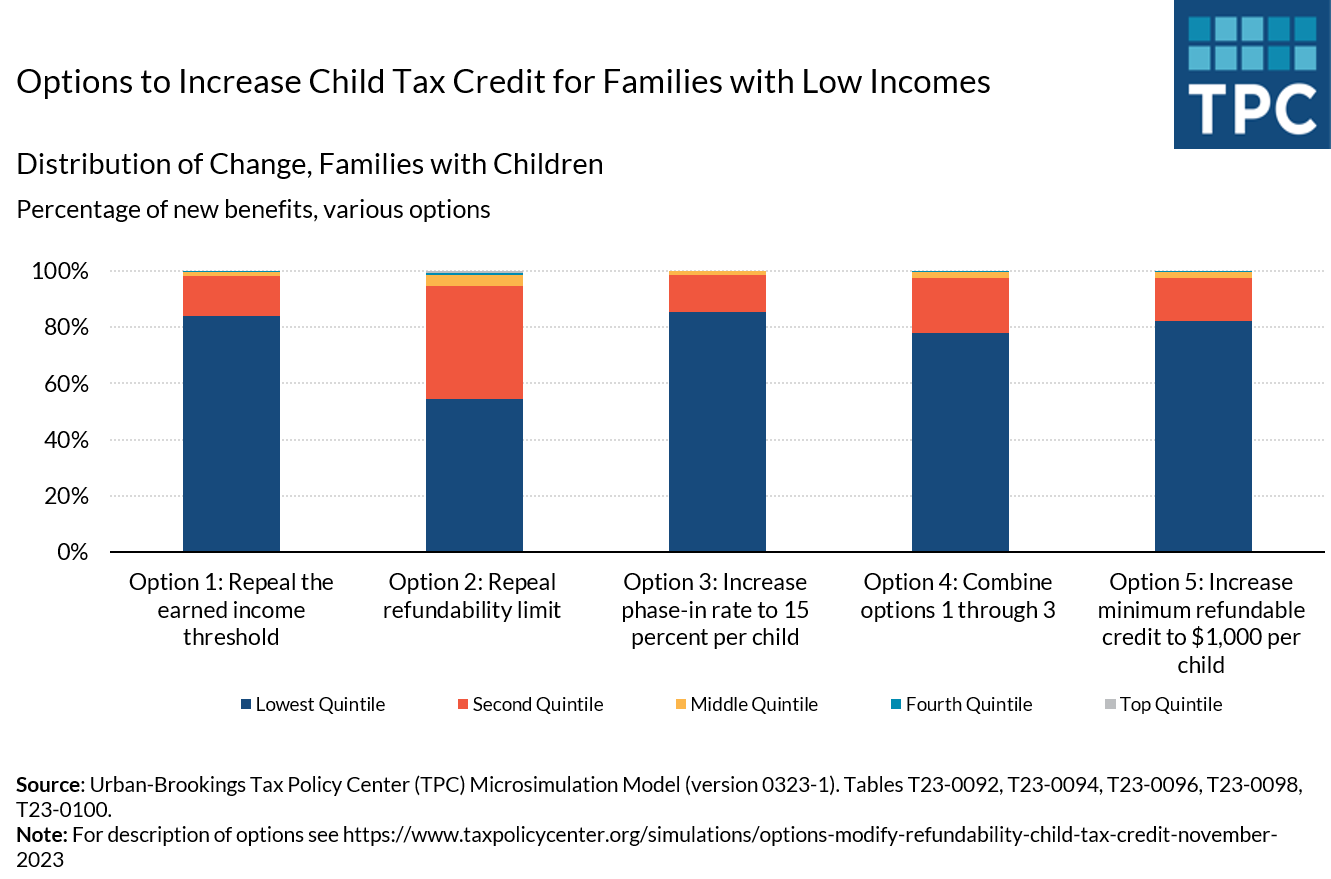How accounting firms can leverage API third-party integrations
Faced with increased client expectations and strained bandwidth, today’s accounting firms are in critical need of greater automation and streamlined workflows. Fortunately, with the right technologies in place, such as API third-party integrations, firms can achieve the efficiencies they need to remain competitive.
It is likely that you’ve heard of API (Application Programming Interface). An API is a connector that allows two otherwise disconnected and unrelated systems to communicate with each other and break down data silos. In other words, an API is like a handshake between two different and separate applications.
So, what exactly is a third-party API integration and why is it important? Let’s take a closer look to answer these questions, and more.
What is a third-party API integration?
API third-party integration is when two disparate systems connect their APIs, or shake hands, to allow them to access data from the other.
For example, Thomson Reuters GoFileRoom has partnered with Microsoft to release a GoFileRoom connector. This enables GoFileRoom to talk to Microsoft Power Automate, PowerApps, and Logic Apps within Microsoft’s ecosystem.
There’s also Zapier Apps, which lets users connect GoFileRoom to more than 2,000 other web services.
Another example is the partnership between Thomson Reuters ONESOURCE and Alteryx. This partnership is designed to help solve the challenge of data collection, transformation, and load for ONESOURCE users and prepare data for enhanced reporting and analysis.
How do third-party integrations work?
Third-party integrations work through connectors that bridge the gap between third-party applications. These connectors enable firms to develop integration without the need to know the inner workings of the API or to hire developers.
To further explain, a connector is a user-friendly wrapper around an API, allowing its users to quickly wire multiple apps together — all without having to know the inner workings of the APIs. A connector makes it easy for firms to leverage APIs with visual features like drag and drop.
“It really is just allowing them an easy way to integrate with our software. For example, with the Microsoft [API integration], they can literally just drag and drop this connector in, and it gives them the code they need. Then, they just need to provide their username and password and they can start authenticating into our system,” said Dustin Teribery, API Specialist at Thomson Reuters.
Teribery added, “It is pre-built so [firms] don’t need the IT resources. [Thomson Reuters] and the third-party have already put in the time, so they just benefit from it.”
What are the risks of third-party APIs?
Accounting firms are the gatekeepers to a treasure trove of sensitive client data and a breach of that data can no doubt be detrimental. Therefore, it is understandable to be concerned about what risks may be associated with third-party APIs.
Some commonly cited risks of third-party APIs include:
- The unencrypted transport of data
- Cross-site scripts
- Cross-site request forgery
- Injection of malware code
- Spoofing, which is when a cybercriminal masquerades as someone they are not to gain access to data
Therefore, it is important to ensure that third parties are trusted sources. It is critical that solution providers protect your firm’s data with multiple layers of security, including network security, virus protection, and encryption schemes.
“If [firms] ever do have any questions I would go right to the source and ask them some questions about the connectors,” Teribery said.
Thomson Reuters, for example, offers secure Web APIs as an add-on option to ONESOURCE Tax Information Reporting. The firm’s system directly integrates with the ONESOURCE Tax Information Reporting system using state-of-the-art security (SHA-2, X.509 etc.) with RESTful Web APIs to retrieve and update tax information.
This is, of course, just one example of the multi-pronged security measures that solutions providers may have in place.
What are the benefits to API third-party integrations?
API third-party integration is very beneficial as it enables firms to connect siloed systems and drive automation. When data is isolated in disconnected, unrelated applications and must be entered manually, it proves to be highly inefficient and increases the risk of human error.
How a firm uses APIs depends on its workflow and the other services it leverages but, in general, APIs enable firms to:
- Automate key processes and reduce hours spent on non-billable work;
- Avoid entering data manually to reduce the risk of errors;
- Increase visibility of client needs with connected solutions;
- Connect otherwise disconnected third-party systems; and
- Gain insights for analysis and decision support.
Some sample use cases for APIs include:
- Set up document security permissions for clients which have been outsourced;
- Automatically file different e-Signature applications into GoFileRoom as documents;
- Create and deactivate GoFileRoom users via an Excel spreadsheet import;
- View FirmFlow data in Business Intelligence applications such as Power BI or on mobile devices; and
- Retrieve a client list, submit an e-File, retrieve an e-File acknowledgement, etc.
It should also be noted that because the resulting automation is not reliant on the knowledge of a single person, APIs can also support succession planning and business continuity.
Speaking to the benefits of API third-party integration, Teribery added that it is “an easy way to get started and start using it to see, ‘Is this the way you want to go? Is it achieving what you want?’ Then at that point you might start developing your own apps or keep using the connectors. It really depends on what your end game is, but I think it is a good way to get started and to get comfortable and see what is available and quickly get started.”
Why is API integration necessary?
As outlined above, there are clearly a number of notable benefits to be gained by leveraging APIs, such as greater efficiencies, enhanced automation, and a reduced risk of errors. Aside from these benefits, it is important to keep in mind that not every firm has the IT expertise on staff to develop APIs from scratch.
API integration can help level the playing field for firms that want to reap the benefits but have limited resources.
“I think it really helps the firms with no IT or limited IT staff availability. It gives them the ability to start APIs, or an end user who wants to try something — it really makes it easier for them and you don’t necessarily have to be a developer to start linking some of the information together to get some basic information. It’s really about giving people choices and firms choices about how they want to use our software and connect with it,” Teribery said.
Another reason why API integration is necessary is to modernize legacy systems. When investing in new technology, firms may run into situations where certain one-off systems are unable to connect with the new technology.
When this happens, connecting legacy software via an API enables firms to ensure that the outputs are based on the most current and accurate data available.
How to get started with APIs
One of the first steps in getting started with APIs is to reflect on the inefficiencies that hinder your firm’s productivity. What are the pain points you are looking to address?
From there, you can turn to a solutions provider who can help ensure seamless API integrations for your firm’s success. Read our white paper “How APIs can help transform your practice” to learn more about the capabilities and benefits of APIs.






